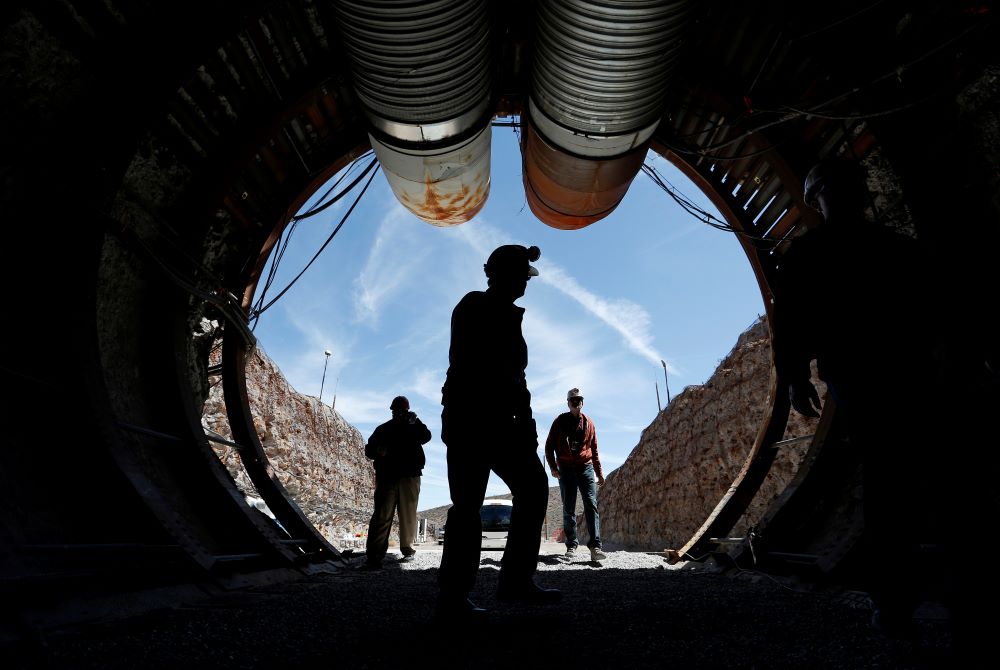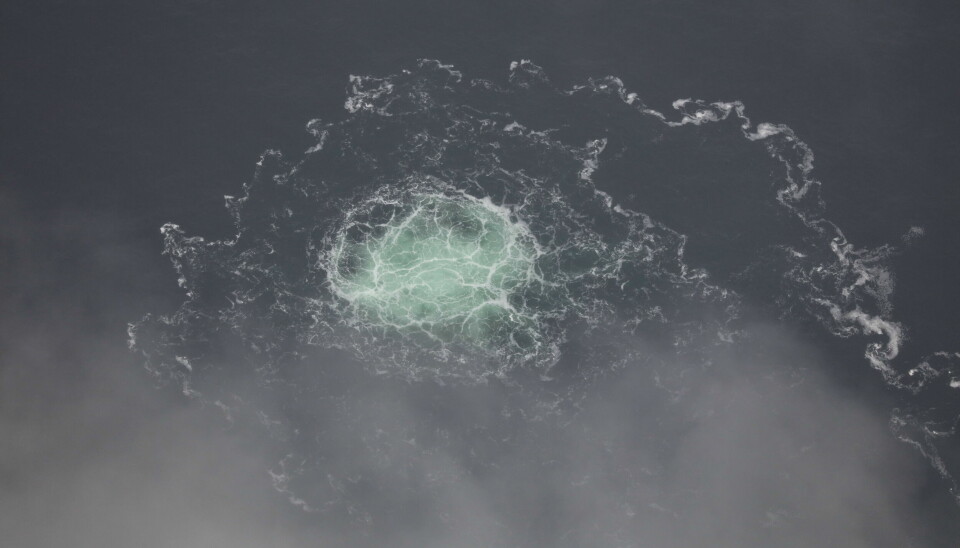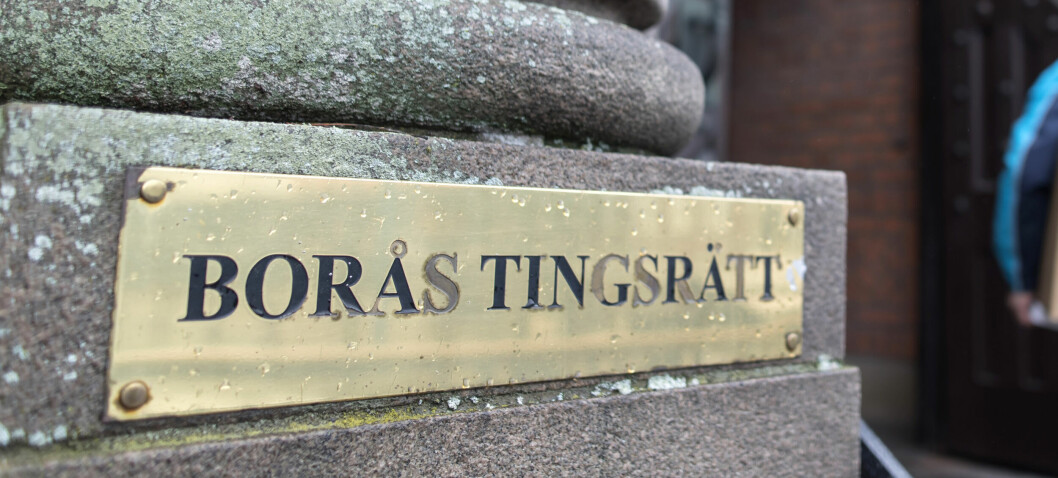This is how the countries place themselves in the final repository race
The highly active radioactive waste in the world now covers approximately 300,000 tonnes. But there is no finished final repository in any country. This is how the countries are, according to the expert Magnus Holmqvist.
Countries with nuclear power have come a long way in how the final repository of spent nuclear fuel is to be solved. Here, Magnus Holmqvist, CEO of SKB International, gives his picture of how they position themselves in relation to each other.
Location 1: Finland
In Finland, the construction of an underground final repository for spent nuclear fuel is already underway.
– Finland is ahead. They have come the furthest, they have an application and received a permit and they are building, says Magnus Holmqvist.
Read more about Finland’s method for final repository by clicking on the link below.
Place 2: Sweden
– Then you could say that Sweden is second. We have a permit application that is pending a decision by the ministry, says Magnus Holmqvist.
SKB, Swedish nuclear fuel management, is the Swedish nuclear industry’s waste company that works with the Swedish final repository. SKB International is its international part, which sells consulting services on repository issues to other countries.
Location 3: France
France is third in the final repository race, according to Magnus Holmqvist.
– They are in the starting pits to submit an application to start building. But they still have the review and licensing period, he says.
In France, the plan is to expand an underground rock laboratory at Bure, east of Paris, into a full-scale final repository. There, the rock consists of clay stone.
– It is a plastic clay stone, which moves. If you dig out a space, the clay stone closes to it on its own. Then you do not need to bentonite clay in the final repository. The problem during the construction period is that you have to strengthen the tunnels with concrete structures, says Magnus Holmqvist.
Place 4: Switzerland and Canada
In fourth place is Magnus Holmqvist, two countries: Switzerland and Canada. In Switzerland, site investigations are underway in the form of drilling in two places. In Canada, the final repository process has recently resumed after recovering in the late 1990s.
– They had poor communication with society in Canada and did not involve the indigenous people in the process. Then the program ran completely in the ditch. Then they changed and did the right thing and got about 20 interested municipalities in the site selection process and have now narrowed them down to two, says Magnus Holmqvist.
Magnus Holmqvist believes that the UK has made the same mistake.
– The resistance became too great so you had to make a comeback to increase transparency, improve communication and bring society, he says.
Place 5: Great Britain and Japan
Today, he places Great Britain in joint fifth place with Japan.
– The UK has all the doors open and is looking at all types of geologies. Two municipalities have lined up and entered the pre-study phase. Japan is also in a site selection phase. There, about ten working groups have been formed that will act as ambassadors and disseminate information about final disposal to the public, says Magnus Holmqvist.
Other countries
Germany was previously at the forefront of the final defense issue and had in principle chosen a salt formation in Gorleben as the place where it would be built. But strong protests led to that place now being deleted. Instead, a new site selection process has begun.
What happens in China is difficult to assess, thinks Magnus Holmqvist.
– I think the idea there is to build an underground lab and then transform it into a final repository. As far as I know, they have run a test tunnel and started building infrastructure in the middle of the Gobi Desert, he says.

The US plans for a final repository previously focused on Yucca Mountain in Nevada. Stock Photography. Photo: AP / TT
The country that once was the first to submit a construction application for a final repository, the USA, now ends up further down the list. The plans were to build a repository inside Yucca Mountain, Nevada.
– But Obama cut the funding for the review and then the process stopped and the entire application died. Trump was going to shoot for money, but no one came so they stay and stomp there, says Magnus Holmqvist.
The idea at Yucca Mountain was that the nuclear fuel would be stored 100 meters above the groundwater surface.
– The concept differs from all other concepts that must handle water. There, the fuel would be in tunnels that were completely dry. But they were a little worried about whether it would start to rain more in the future and suggested titanium sheets in the roof to protect against water intrusion, he says.



